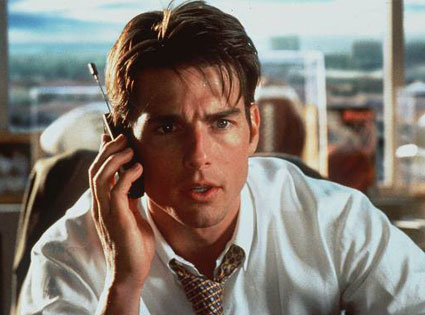This Summer I am teaching a class at the University of Florida titled, Issues in Sport Law. Additionally, I have been provided the opportunity to sit in on a class taught by ESPN and Sports Illustrated writer Andrew Brandt that is called Business and Legal Aspects of Professional Sports. Brandt is teaching the class through Villanova University’s online offering, which makes it easy for anyone to access the content.
I have been asked to chime in from time-to-time to discuss how a topic covered in Brandt’s class has played a part in my career. This will be the second post in a series of articles in which I do my best to cover such ground by highlighting certain information provided by Brandt and supplementing it with whatever non-privileged information that I am able to provide.
This week, Brandt is covering a module on sports agents. He is specifically covering the ways that sports agents interact with clients and leagues. In his lecture on the roles and responsibilities of agents, Brandt talks for a bit about the difference between large and small agencies. It brings back memories of when I actually owned and operated a sports agency, which was first established 8 years ago.
Some of the struggles are competing against the likes of Creative Artists Agency, Octagon and Athletes First (agencies mentioned by Brandt in his lecture). Those agencies, and others that are similarly situated, have a wealth of connections and an extensive workforce to ensure that clients are potentially brought many different types of opportunities. If all other things are equal, it is hard to compete against such large companies as a start-up small agency. I certainly struggled with that issue from time to time (along with the fact that I was 22 years old and just entering law school as I was in the process of developing my own agency).
However, there are benefits of being part of a boutique agency, which I pitched to athletes with regularity. Personal attention was a key selling point. I had more time to pay attention to my clients than many of my competitors. With less athletes competing for my attention, I could make sure that each of my clients were fully satisfied with the services I was providing. A big agency is simply not the right fit for all athletes.
Over time, my baby boutique agency grew from representing a handful of athletes to north of 50 players across a variety of sports. Yet, after 4 years of being in the business, I decided to focus my talents elsewhere. I had heartbreak; losing clients to bigger firms for unstated or falsified reasons. I also had major victories, negotiating deals that clients could not have ever expected to come their way.
Overall, it was a rewarding experience. Perhaps one day I will write a tell-all about the myriad stories of running my own sports agency for a few years.
If you’re interested in learning more about Villanova’s online sports program, please visit VillanovaU.com/SABSponsor.

One reply on “The Trials And Tribulations Operating A Small Sports Agency”
SAB: as always thank you for the insightful post, question though, did you ever write a tell all (short) version of your early years? would love to hear about it…